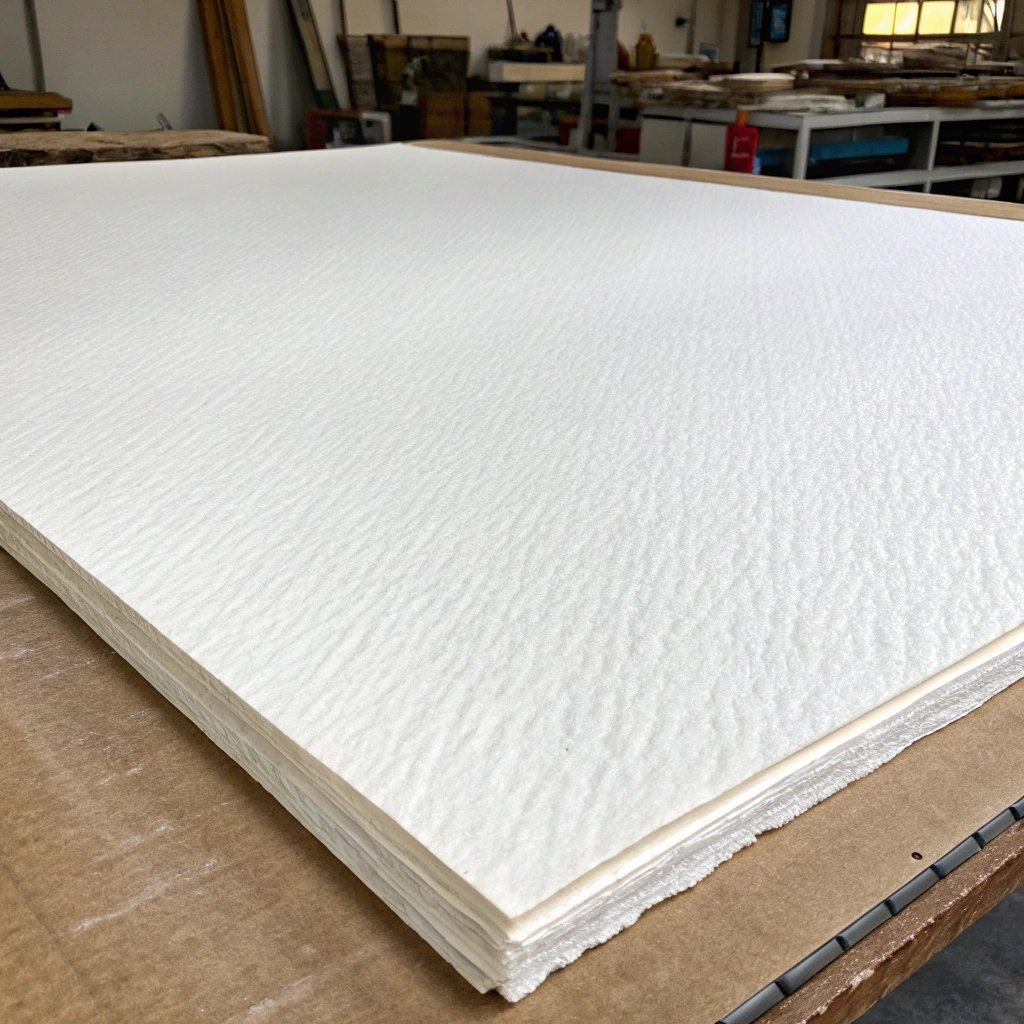The History of Paper: How Is Paper Made?

Introduction
Paper is everywhere in our daily lives, from books and art materials to packaging and stationery. But have you ever wondered about the fascinating history of paper and how it’s actually made? Understanding the history of paper and the paper making process not only gives us insight into this essential material, but it also connects us with centuries of human innovation.
The History of Papermaking: From Ancient China to the World
The story of paper begins over 2,000 years ago in ancient China. Before the invention of paper, early cultures relied on materials like papyrus, parchment, and even bamboo for writing. It was during the Han Dynasty, around 105 CE, that Cai Lun, a court official, is believed to have invented the first true paper. He used a combination of mulberry bark, hemp, rags, and water, which he pulped, pressed, and dried to create thin sheets—the basis of the original paper making process.
From China, the craft of papermaking slowly spread westward along trade routes. By the 8th century, it had reached the Islamic world, where it was further refined. Eventually, papermaking reached Europe by the 12th century, forever changing how information was recorded and shared.
How Is Paper Made? The Traditional Paper Making Process
The traditional papermaking process is both art and science. Here’s how ancient artisans crafted sheets of paper:
- Materials Collection: Plant fibers like mulberry, bamboo, and hemp were collected.
- Pulping: These fibers were soaked in water and beaten until they formed a soft pulp.
- Sheet Formation: The pulp was poured over a fine mesh screen (the mould and deckle), allowing the water to drain away and leaving behind a mat of intertwined fibers.
- Pressing and Drying: The new sheet was pressed to remove more water and finally left to dry, resulting in a sheet of handmade paper.
Even today, many artists and craft makers around the world continue to practice traditional papermaking for its unique textures and qualities.
How Paper Is Made Today: The Modern Papermaking Process
Modern paper making is a complex, high-speed process, but the core steps remain surprisingly similar to the ancient methods:
- Pulp Creation: Wood chips or recycled paper are transformed into pulp using mechanical and chemical treatments.
- Refining and Bleaching: The pulp is refined for fiber quality and, if needed, bleached to achieve a brighter white.
- Sheet Formation: The pulp is spread onto a fast-moving fine mesh belt, forming a continuous sheet.
- Pressing and Drying: The sheet passes through rollers to squeeze out more water, then through heated cylinders to completely dry it.
- Finishing: The dried paper is smoothed, cut, or treated depending on its final use—whether it’s for drawing, printing, or packaging.
The Impact of Papermaking on Society
The evolution of the papermaking process has had a profound impact on communication, education, art, and commerce throughout history. Thanks to innovations in how paper is made, information became more accessible, art flourished, and global culture advanced. Even in today’s digital world, paper remains a vital part of our everyday lives.
Conclusion
Whether hand-crafted using traditional methods or mass-produced in modern mills, paper carries a rich legacy of creativity and technology. The next time you use a sheet of paper, take a moment to appreciate the centuries-old journey and the remarkable history of papermaking.
